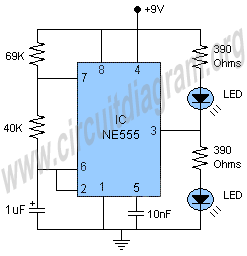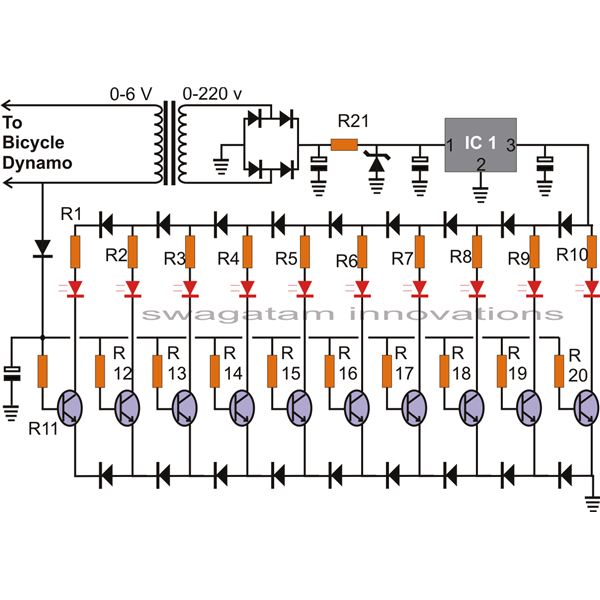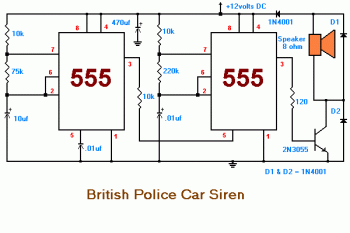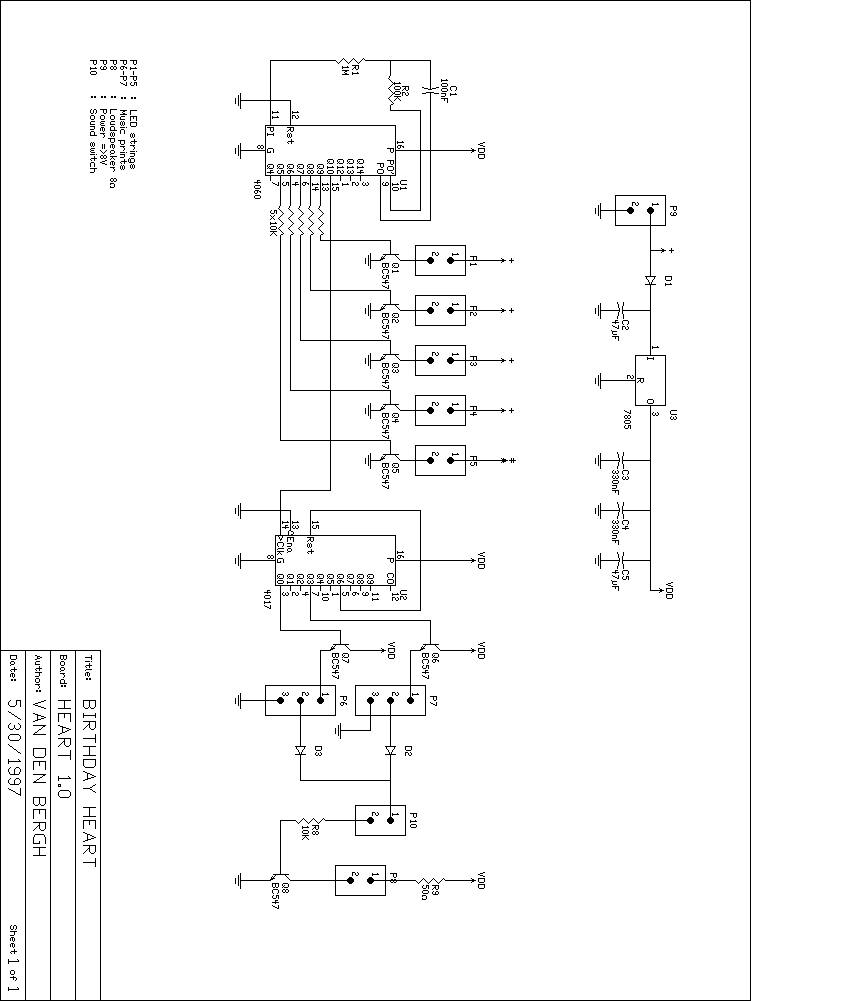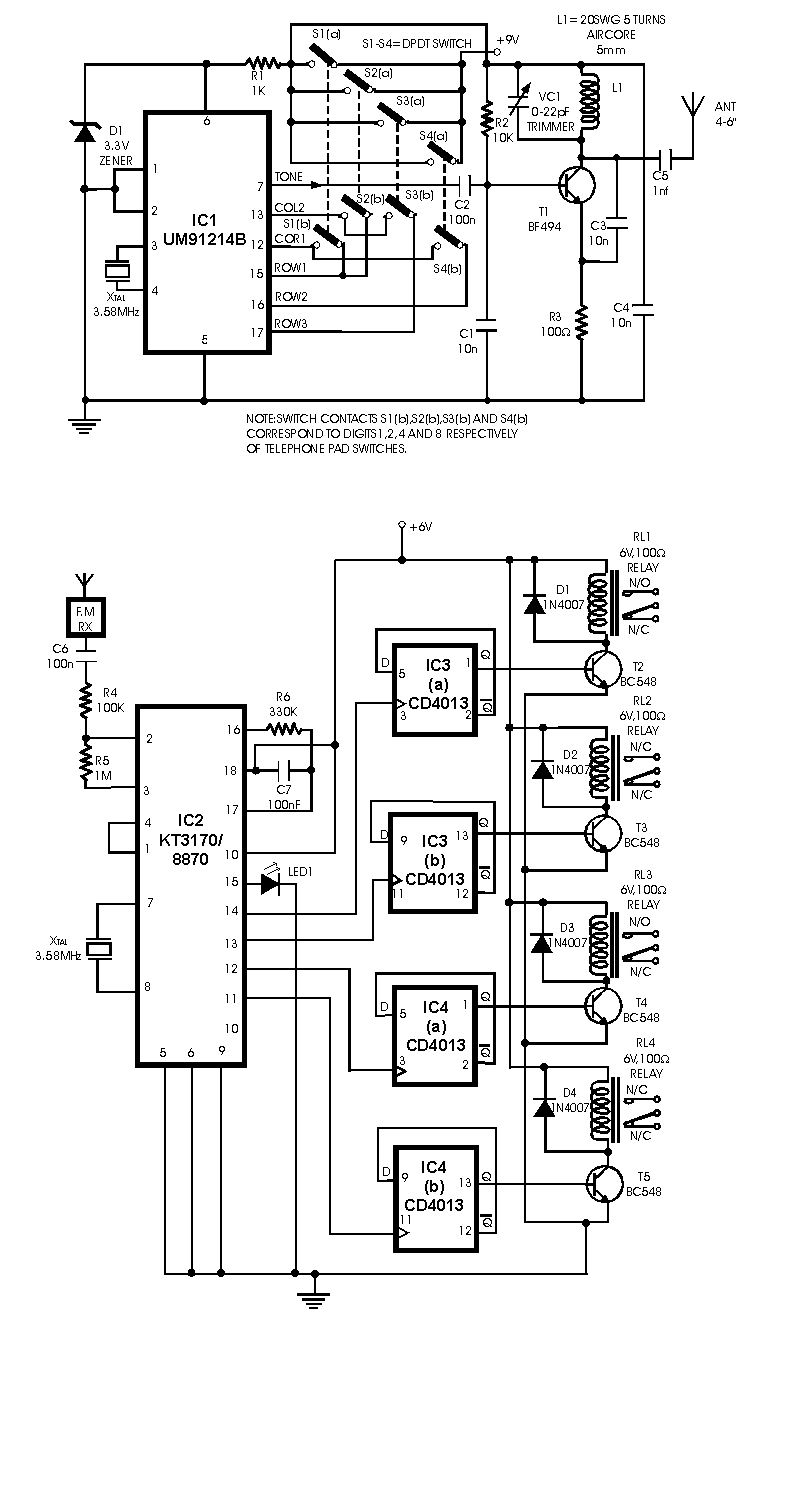
ir remote switch circuit
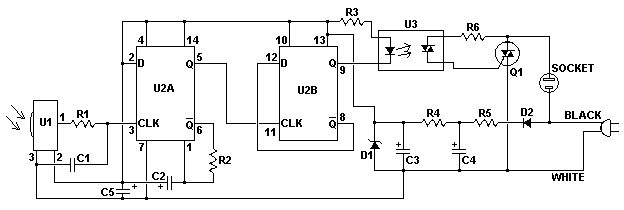
This circuit allows for the control of any line-powered electrical device, such as a lamp, television, or fan, using any infrared remote control. Many individuals possess a collection of old IR remotes from appliances that are no longer in use. This circuit enables the repurposing of those remotes. It detects any modulated infrared source and utilizes it to control a TRIAC, which subsequently switches any appliance connected to its socket. For instance, it can be employed to manage room lighting in a home theater setup using existing remotes. The circuit operates on a simple transformerless power supply sourced from the line itself, facilitating a compact design that can be integrated into a light switch, wall box, power bar, or even the appliance being controlled.
This circuit design employs a TRIAC (Triode for Alternating Current) as the primary switching element, allowing for the control of AC loads. The infrared receiver module is responsible for detecting the modulated signals emitted by the remote control. When an IR signal is received, the output of the receiver activates the gate of the TRIAC, allowing current to flow to the connected device.
The circuit's power supply is transformerless, which means it derives power directly from the AC mains. This is achieved through a capacitive dropper circuit that limits the current to a safe level for the control circuitry. The design must ensure that all components are rated for the line voltage to prevent damage or hazards.
The integration of this circuit within a housing, such as a light switch or power bar, requires careful consideration of heat dissipation, as the TRIAC may generate heat during operation. Adequate spacing and ventilation should be considered in the design to ensure reliable operation.
Additionally, the circuit can be enhanced with features such as a delay timer or dimming capability by incorporating additional components like microcontrollers or dimmer circuits. This would allow for more versatile control of the connected devices, catering to user preferences for lighting and other functionalities.
Overall, this circuit provides a practical and efficient solution for repurposing old IR remotes while offering a user-friendly interface for controlling various household appliances.This circuit lets you control any line powered electrical device (a lamp, television, fan, etc. ) using any infra-red remote control. Almost everyone these days has a pile of old IR remotes left over from appliances they have long ago disposed of them. With this circuit, you can put them back into use. The circuit looks for any modulated IR source and uses it to control a TRIAC, which then switches any appliance connected to it`s socket. For example, you can use it to control the room lighting in your home theater setup using any of the remotes you already have. The circuit is powered using a simple transformerless power supply from the line itself, making it compact and easily built into a light switch, wall box, power bar or even the appliance you wish to control.
🔗 External reference
This circuit design employs a TRIAC (Triode for Alternating Current) as the primary switching element, allowing for the control of AC loads. The infrared receiver module is responsible for detecting the modulated signals emitted by the remote control. When an IR signal is received, the output of the receiver activates the gate of the TRIAC, allowing current to flow to the connected device.
The circuit's power supply is transformerless, which means it derives power directly from the AC mains. This is achieved through a capacitive dropper circuit that limits the current to a safe level for the control circuitry. The design must ensure that all components are rated for the line voltage to prevent damage or hazards.
The integration of this circuit within a housing, such as a light switch or power bar, requires careful consideration of heat dissipation, as the TRIAC may generate heat during operation. Adequate spacing and ventilation should be considered in the design to ensure reliable operation.
Additionally, the circuit can be enhanced with features such as a delay timer or dimming capability by incorporating additional components like microcontrollers or dimmer circuits. This would allow for more versatile control of the connected devices, catering to user preferences for lighting and other functionalities.
Overall, this circuit provides a practical and efficient solution for repurposing old IR remotes while offering a user-friendly interface for controlling various household appliances.This circuit lets you control any line powered electrical device (a lamp, television, fan, etc. ) using any infra-red remote control. Almost everyone these days has a pile of old IR remotes left over from appliances they have long ago disposed of them. With this circuit, you can put them back into use. The circuit looks for any modulated IR source and uses it to control a TRIAC, which then switches any appliance connected to it`s socket. For example, you can use it to control the room lighting in your home theater setup using any of the remotes you already have. The circuit is powered using a simple transformerless power supply from the line itself, making it compact and easily built into a light switch, wall box, power bar or even the appliance you wish to control.
🔗 External reference
